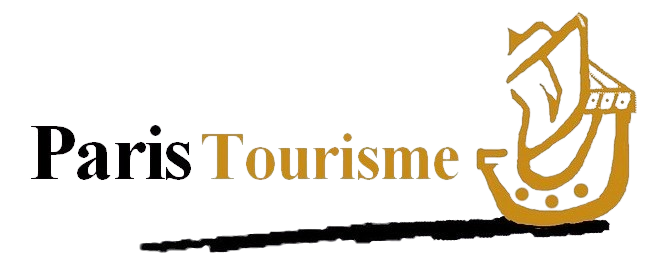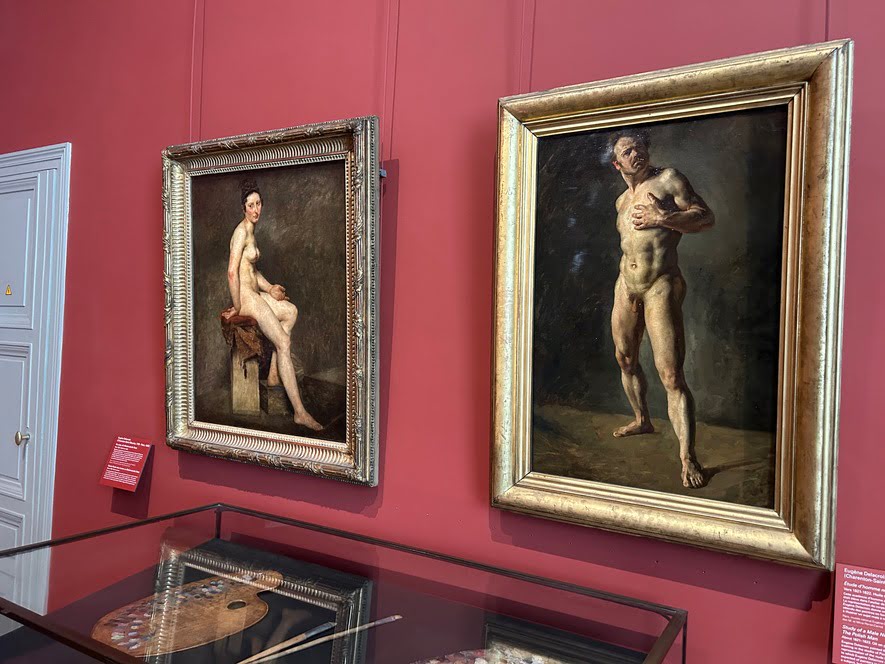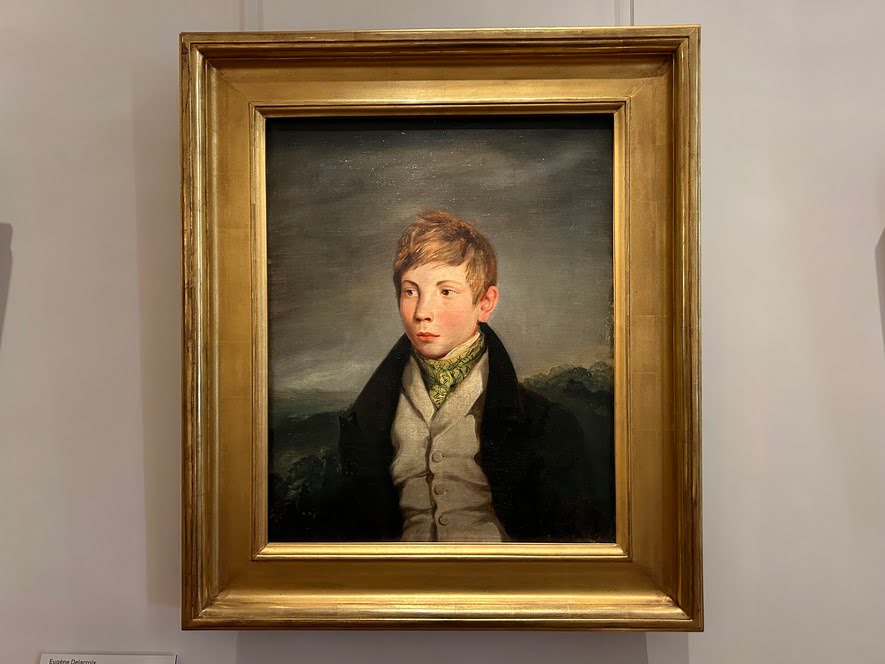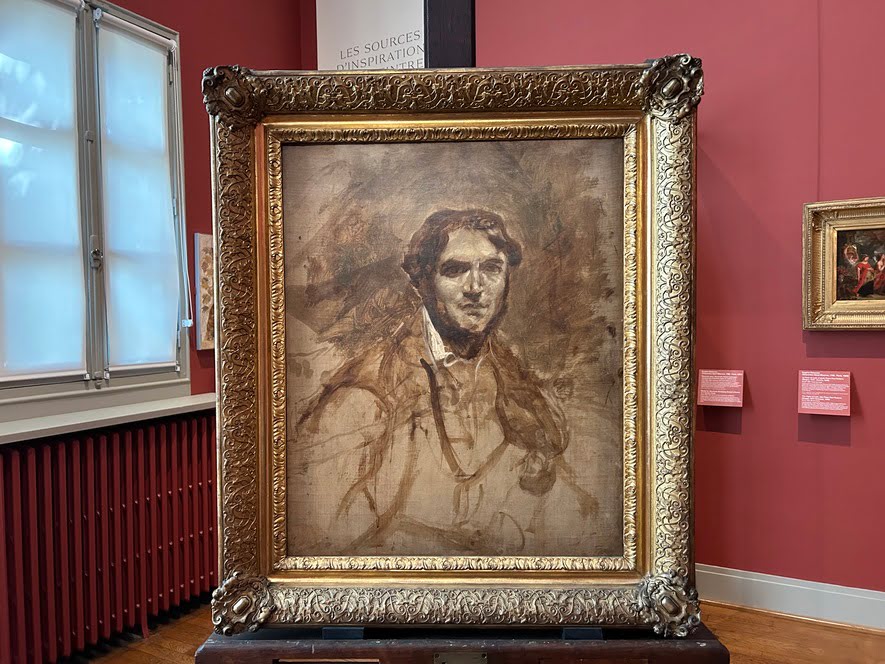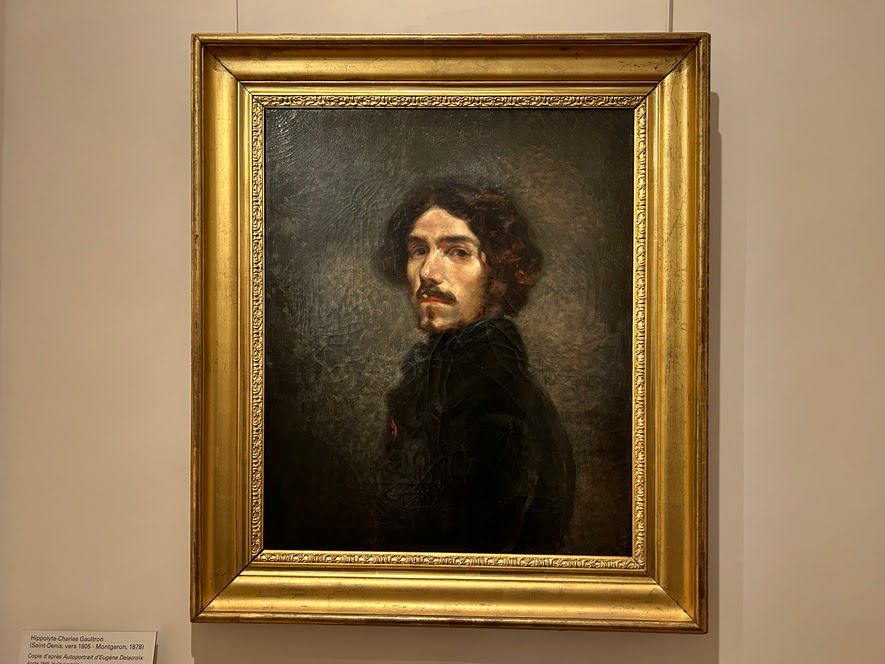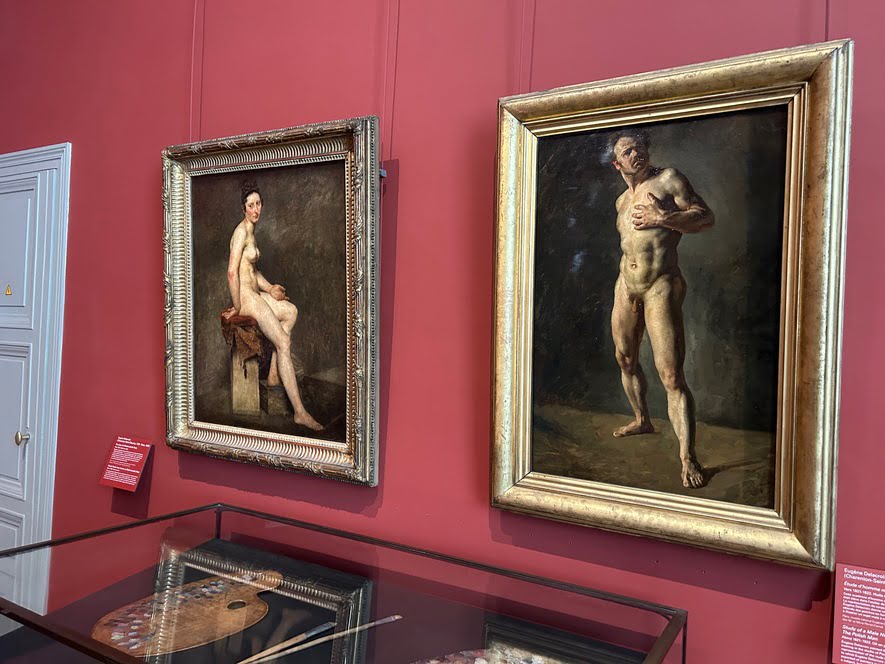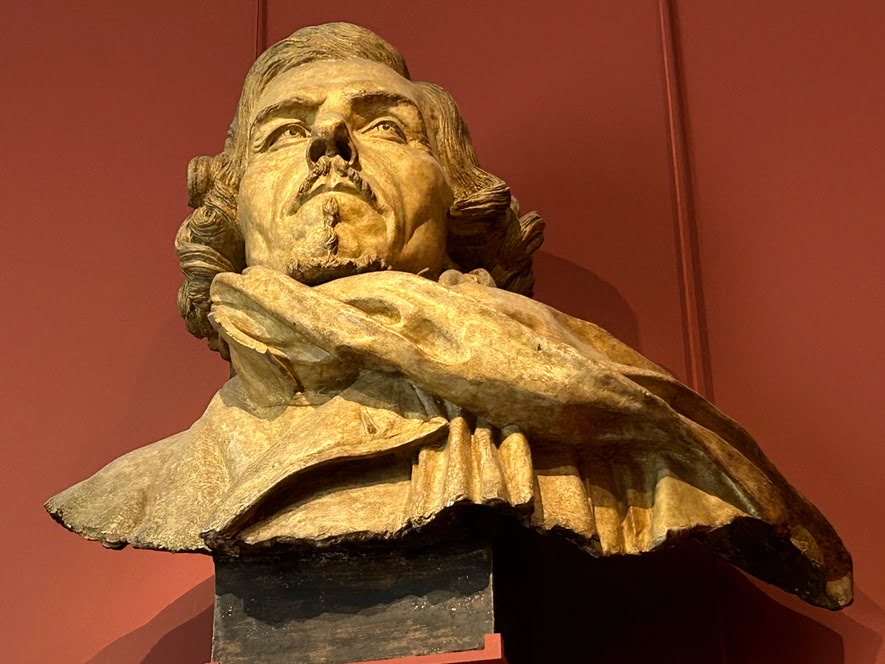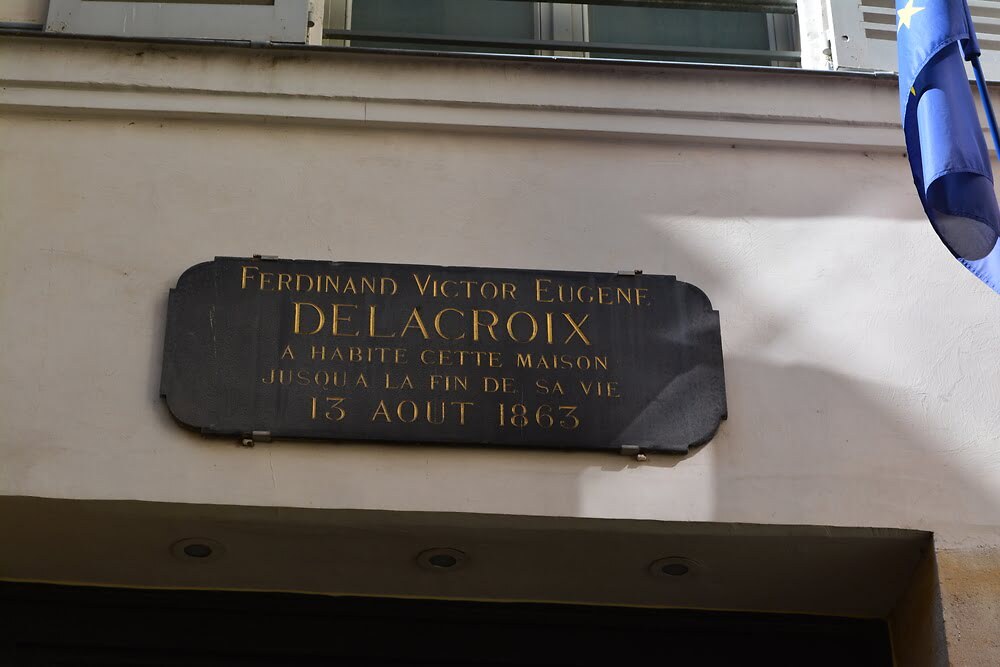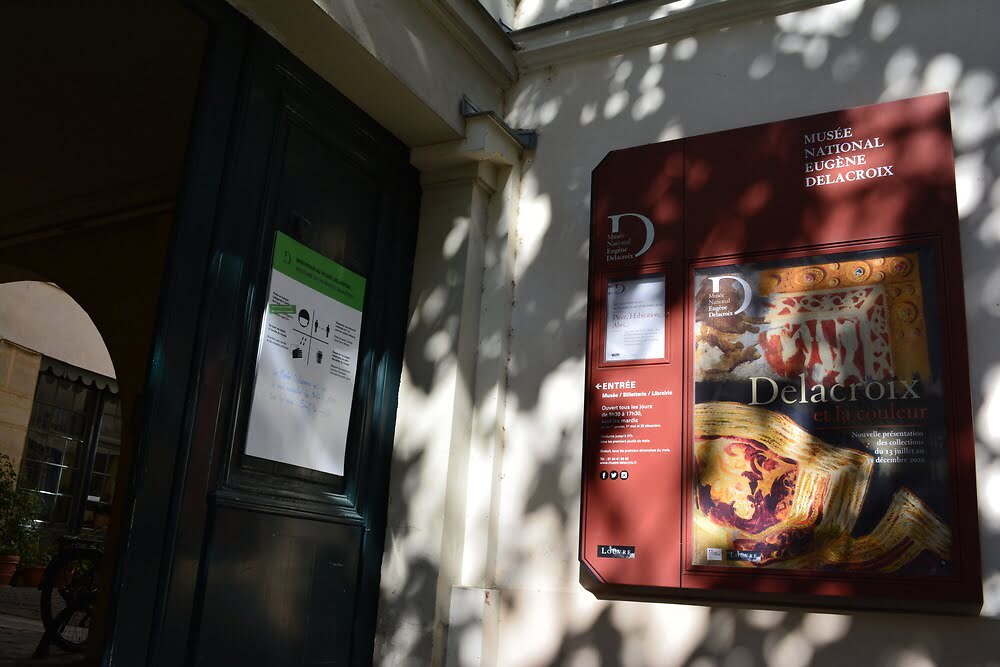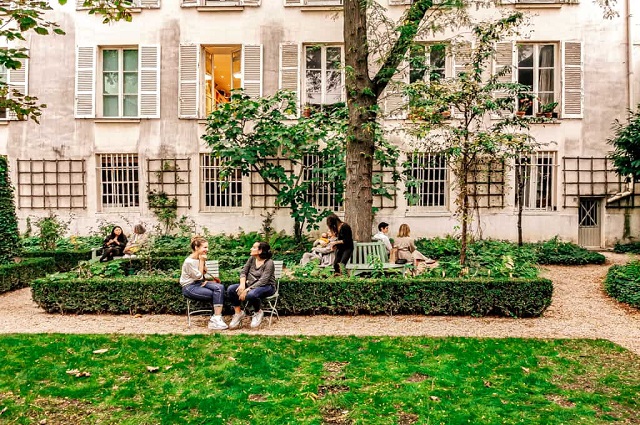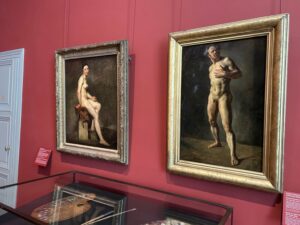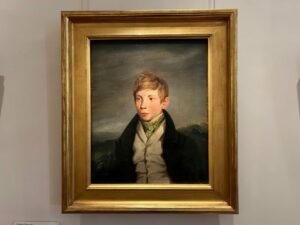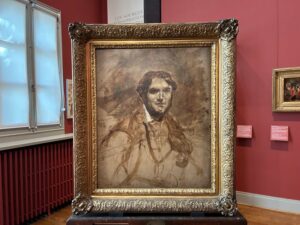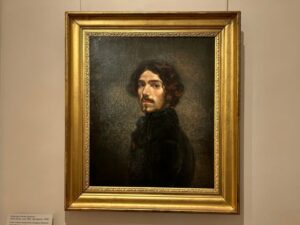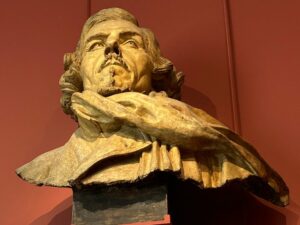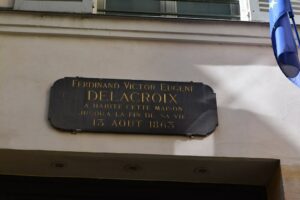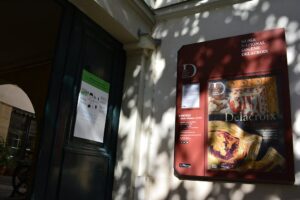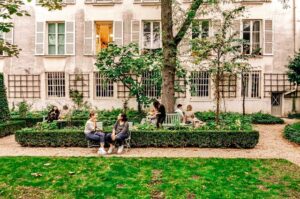- Monuments
- Museums
- Paris Hotels
- Hotels by Category
- Hotels by Districts
- Champs Elysees Hotel
- Montmartre Hotel
- Saint Germain des Prés Hotel
- Montparnasse Hotel
- Porte de Versailles Hotel
- Republique – North Train Station Hotel
- Place de la Nation Hotel
- Latin Quarter Hotel
- Opera Garnier Hotel
- Marais – Bastille Hotel
- Gare de Lyon Hotel
- Gare Saint-Lazare Hotel
- Hotel Place d’Italie
- Other Hotels
- Hotels by Category
- Shopping
- Districts
- Airports
- Paris map
- News
- Directory
- Contact us
Delacroix Museum
- Profile
- prev
- next
- prev
- next
-
The Musée national Eugène Delacroix is housed in part of the painter’s apartment and studio.
The Musée national Eugène Delacroix is housed in part of the painter’s apartment and studio. Delacroix moved to Rue de Furstenberg on december 28, 1857. He had left his Rue Notre-Dame-de-Lorette’s studio to get closer to the Church of Saint-Sulpice for which he was in charge of decorating a chapel, now called the Chapel of the Holy Angels. Although seriously ill, the artist was determined to finish his work at the chapel but was unable to manage a long trip daily.
History
In order to prevent the destruction of the studio to make room for a parking garage, the Society of Eugène Delacroix was formed in 1932 on request of the painters Maurice Denis and Paul Signac. The Society was able to rent the studio then the apartment. Its purpose was to « provide for and maintain » the premises and promote Delacroix’s work. In 1952, the building was put up for sale and the society -unable to acquire the premises- gave its collection to the French State in order to secure it and create a museum which became, in 1971 the Eugène Delacroix National Museum.
The collection
The three rooms of the apartment – bedroom, living room, library – as well as the studio are open to visitors. The dining room houses the documentation which can be consulted by appointment only. The garden is also open to the public. An important part of Delacroix ‘s furniture was dispersed after his death. However, thanks to the descriptions given in the posthumous inventory, some pieces of furniture were acquired. It is primarily his works of art, small paintings, drawings, lithographs as well as letters and miscellaneous keepsakes which allow the visitor access to the painter’s private world. In the bedroom where Delacroix died on August 13, 1863, one finds aside from family portraits, one made of Jenny Le Guillou, his faithful servant who stayed by his side at his deathbed. The beautiful Mary Magdalen in the Wilderness is exhibited in the living room along with drawings, pastels and watercolors shown in rotation because of their fragility. The studio was built according to Delacroix’s plans and careful supervision.
One can see three frescoes which Delacroix painted for Valmont Abbey as well as an easel and painting tables which belonged to him. Paintings, drawings lithographs with literary, decorative or animal subjects are also exhibited.
Location : 6 Rue de Furstemberg 75006 Paris
Phone : 01 44 41 86 50
How to get there :
- Metro line 4: Saint-Germain-des-Prés
- RER C : Saint-Michel-Notre-Dame
- Bus: 39, 48, 63, 95
Opening :
- Open every day except on Tuesdays and public holidays from 9.30am to 5pm
Official website : http://www.musee-delacroix.fr
Nearby hotels
-
14 Rue Stanislas, 75006 Paris, France
-
32 Rue des Saints-Pères, 75007 Paris, France
-
21 Rue de Penthièvre, 75008 Paris, France
-
6 Rue de Furstemberg, 75006 Paris, France
